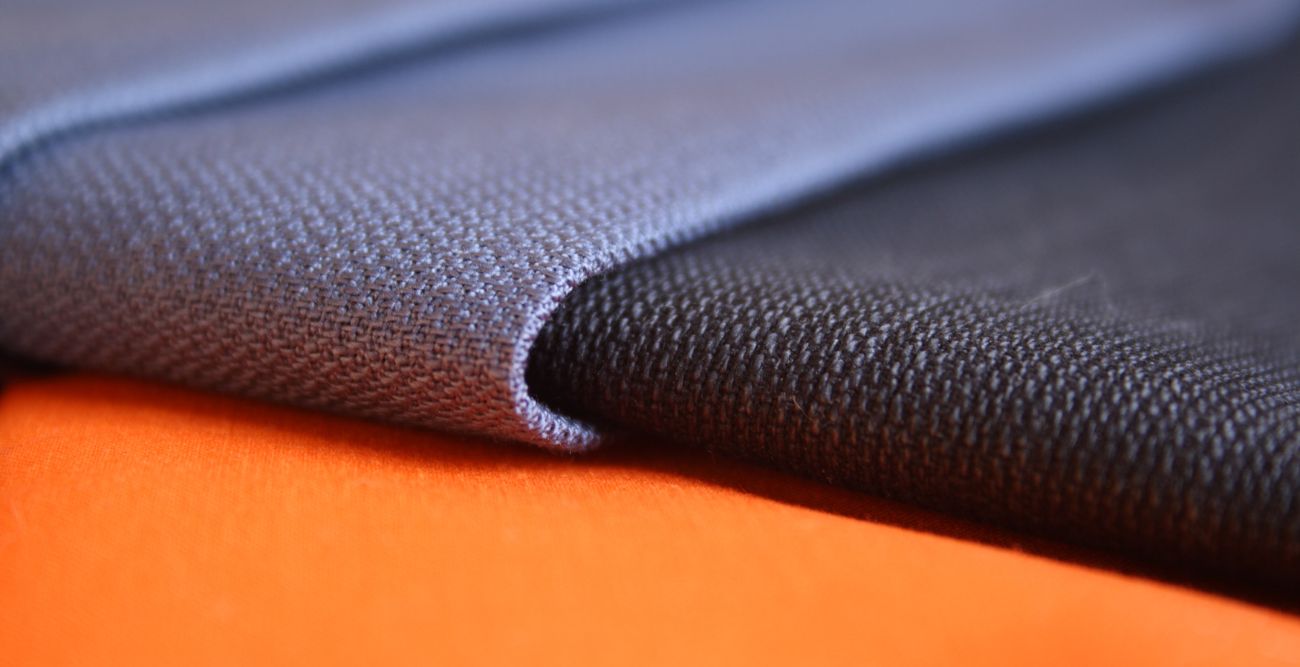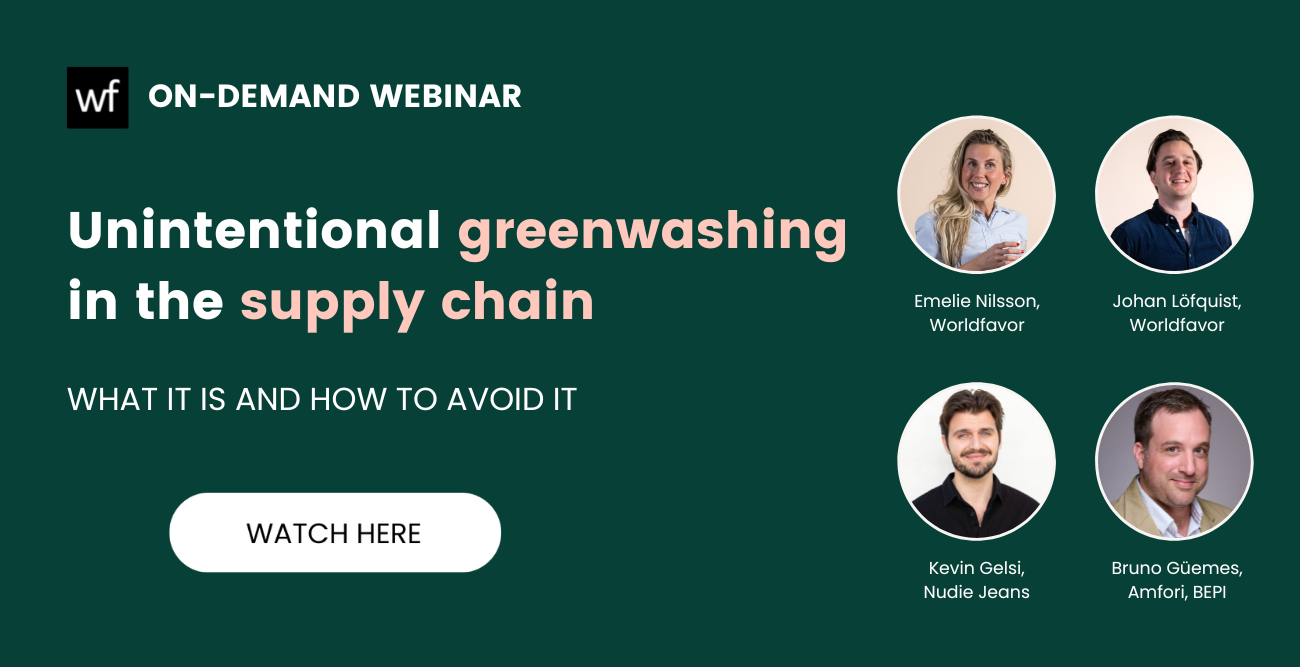EU’s new strategy for sustainable and circular textiles: everything you need to know
The current production, consumption, and waste of textile products are having a significant negative impact on the environment. And this calls for a much-needed change. Luckily, the EU's new sustainable and circular textiles strategy is a step in the right direction to encourage more responsible business behaviour.

Published: May 2023
The textile industry is known for its fast-paced cycles of production and consumption, with new trends emerging every season. But this obsession with newness comes at a great cost, both to our planet and to the people who make our clothes. Garment workers often suffer from inadequate wages and poor working conditions, while the textile industry has continued to roam freely as one of the least sustainable industries in the world.
To try and break this undesired trend, the European Commission has adopted a new strategy for sustainable and circular textiles in March 2022. The strategy aims to transform the way we produce, consume, and dispose of textiles, with the ultimate goal of creating a more sustainable and circular economy.
In this blog, we'll dive deep into the EU strategy for sustainable and circular textiles. Who will it affect? Why do we need it? And what are the key dates to keep in mind?
Why do we need to change the current, mainstream textile production?
While the textile industry employs over 1.5 million people in over 160 000 companies, with a turnover of 162 billion EUR in 2019 – it's also one of the least sustainable industries worldwide. The fashion industry is behind about 10 percent of the annual global carbon emissions, which is more than all maritime shipping and international flights combined.
Due to the advancements in production techniques and materials, modern consumers have access to clothes at lower prices than previous generations, resulting in overconsumption and a surge in waste production, with many products being difficult to recycle.
In order to minimize its environmental footprint, the textile industry needs to integrate circularity principles into its business models. It would save energy, water, and other natural resources used in clothing production, reduce waste and pollution, and provide better working conditions in the industries' supply chains.
Given that the EU is one of the world's largest importers of clothes, it has the power to turn the industry around significantly!
The textile industry's impact in numbers
- The average European throws away 11 kg of textiles every year.
- 93 billion cubic meters of water/year is used by the fashion industry.
- 20 percent of the world's wastewater comes from fabric dyeing and treatment.
- 4 percent of all global freshwater withdrawal is used in textile production.
- 3,781 liters of water is used in the production process of one pair of jeans.
What is the EU strategy for sustainable and circular textiles?
The EU’s strategy for sustainable textile production aims to create a new sustainable ecosystem for textiles sold on the EU market by 2030, addressing the way they are produced and consumed.
The proposed strategy will make sustainable textiles production the norm in the EU by:
- New design requirements for textiles under the ecodesign for sustainable products regulation, setting mandatory minimums for the inclusion of recycled fibers in textiles, making them longer-lasting, and easier to repair and recycle.
- Addresses the unintentional release of microplastics from textiles by targeting the entire product chain, including the manufacturing processes, pre-washing at industrial manufacturing plants, labeling, and the promotion of innovative materials.
- Support research, innovation, investments, and the development of skills necessary for the green and digital transition.
- The co-creation of the transition Pathway for the Textiles Ecosystem to establish the way forward and set out concrete steps on how to achieve the 2030 goals set by the Textiles Strategy.
- Mandatory information requirements on circularity and key environmental aspects with a Digital Product Passport.
Ultimately, the regulation aims to increase the transparency within the industry by providing clearer information on textiles. To protect consumers, the regulation enforces stricter rules, tighter controls on greenwashing, and introduces direct links to the upcoming Green Claims Initiative.
Who is affected by the EU strategy for sustainable and circular textiles?
The proposal aims to make the entire textile industry more sustainable by making it mandatory for both designers and producers to integrate transparency and circular principles into their businesses.
As the textile industry will need help to make this shift possible, the EU Commission will support it in this transition, in the form of a transparent Transition Pathway with textiles economic actors and provide financial support through programs like Horizon Europe's European Partnerships, the LIFE programme, and the Digital Europe Programme.
The proposed requirements include taking into account quality, durability, longer use, repair, and reuse in the production process. Producers also have to take greater responsibility for their production along their entire value chain, from when the textile is produced until it becomes waste. The proposal will especially affect the fast fashion industry as they will have to make a shift in how they produce their clothes.
Gain transparency into your supply chain in Worldfavor
One thing is clear: this strategy will revolutionize the entire textile industry (for the better!). So what are you waiting for? Join the sustainable fashion movement today and take the first steps to prepare your business for the future. With Worldfavor's Sustainable Sourcing solution, you can work proactively with your suppliers and easily collect ESG data from your supply chain. Want to know more? Book a demo of the platform here!
Related blog posts you might like:






%20as%20the%20deadline%20approaches.%20Learn%20about%20compliance%20requirements%2c%20potential%20delays%2c%20and%20key%20updates..png)

